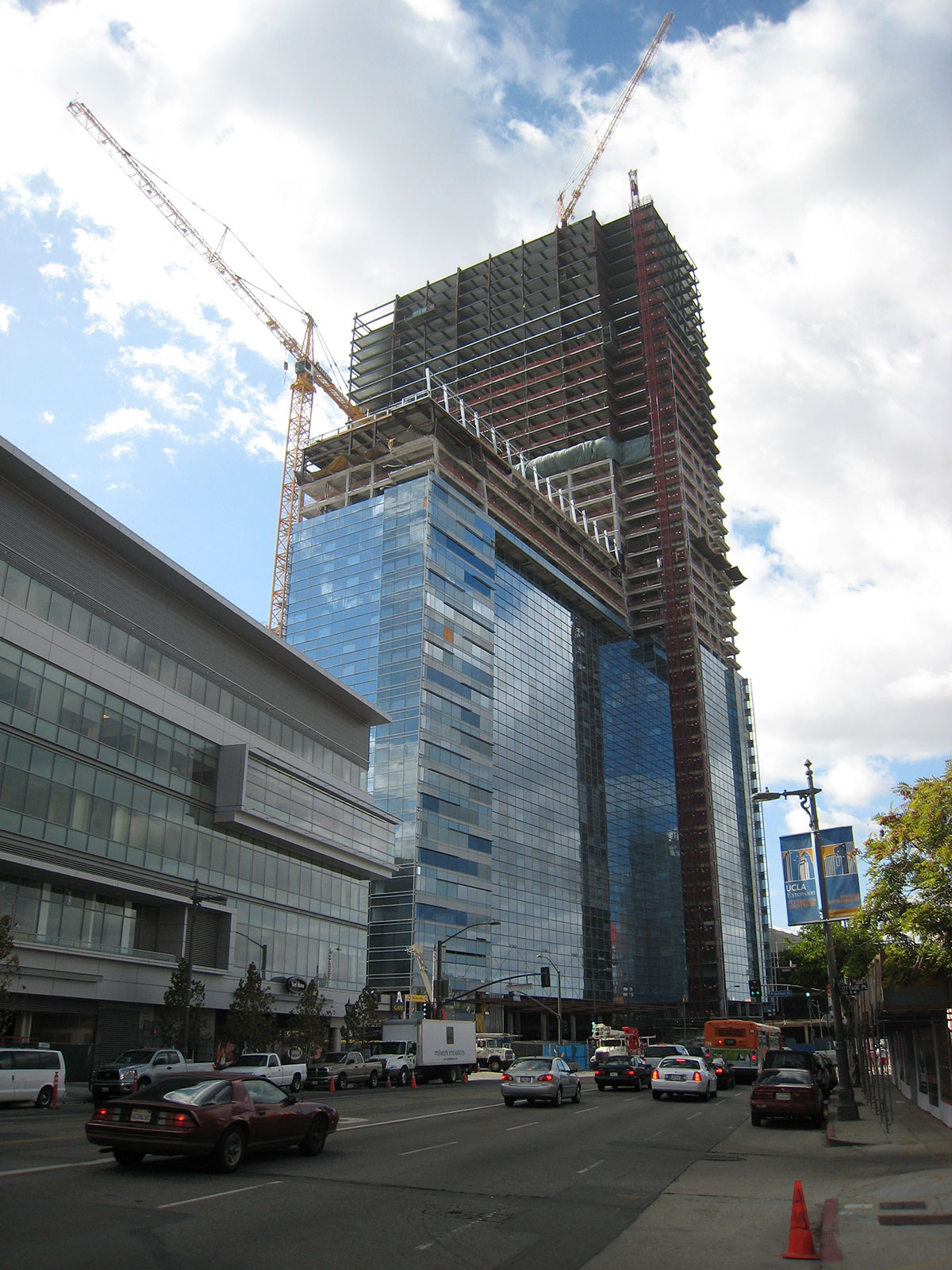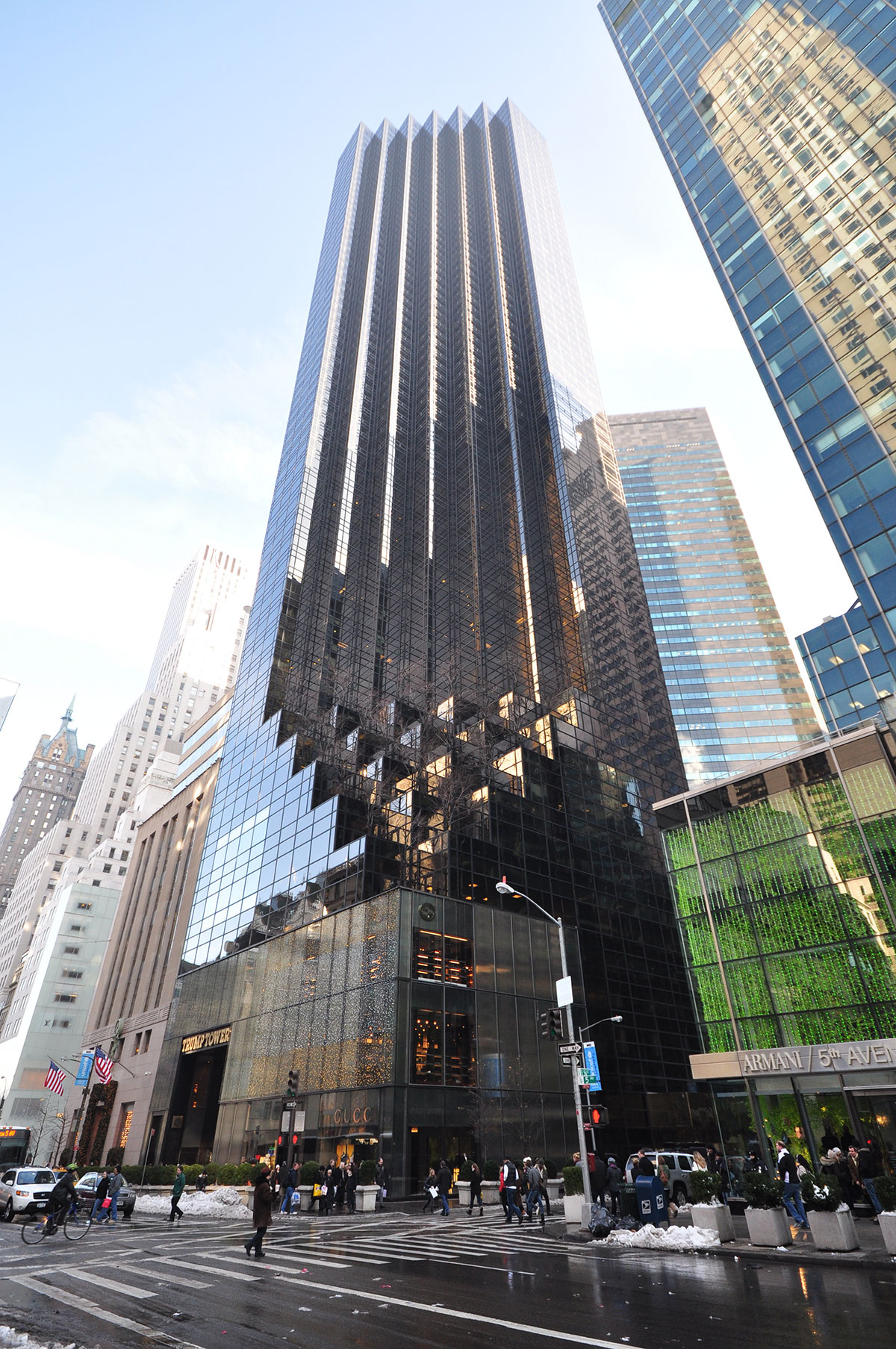Walls and columns in architecture not only have to deal with resistance to vertical gravity loads. A correct arrangement of structural walls integrated through the design of the building, also allows them to cope with horizontal stresses, such as those caused by earthquakes or wind. According to the ACI (American Concrete Institute), reinforced concrete walls in architecture are structural walls that must resist the acting forces of moment, shear and axial forces.
Nowadays, medium to high architectural works use shear walls in their structural configuration, so that they give the building greater rigidity and resistance to horizontal forces produced by earthquakes or wind.
Structural wall systems in architecture are formed by a combination of walls perpendicular to each other. Together, they simulate a cantilevered tubular beam. This structure resists mainly lateral forces with the help of gravity loads.
The layout of these walls must always be coordinated with the geometry of the architecture and the interior layout. Therefore, the structural configuration relegates them to the centre of the building, usually at its core, where circulation and service systems such as lifts, installations and stairs are located. This configuration is called the concrete core, and can take the form of a C, a T, an I or a combination of these.
In architecture, this seismic-resistant system must be combined with moment resisting steel or concrete beam and column portal frames or other shear walls. This results in different structural configurations. However, these structural configurations have the disadvantage of causing high forces due to the relatively small distances between the walls. Therefore, the forces induced to resist the moments are very large. This fact transmits traction to the foundations, which will consequently acquire a large size and/or a large depth.
Nevertheless, the use of shear walls in the core of buildings is an optimal solution in the type of architecture that produces tall buildings.
By Jean Carlos Soto, Senior Structural Engineer at Amusement Logic’s Architecture Dept.







